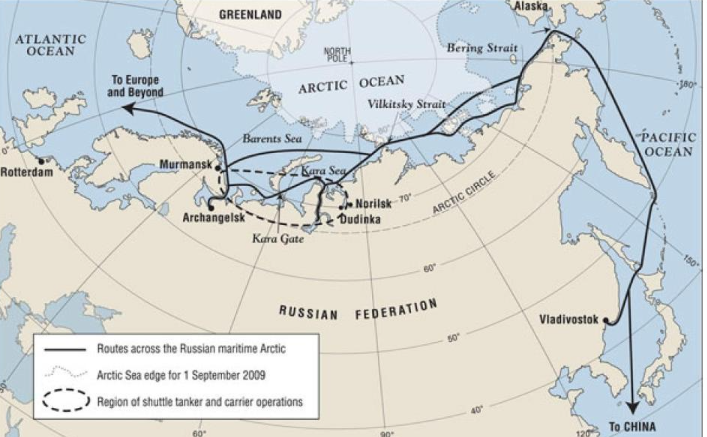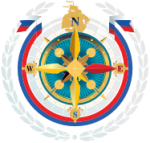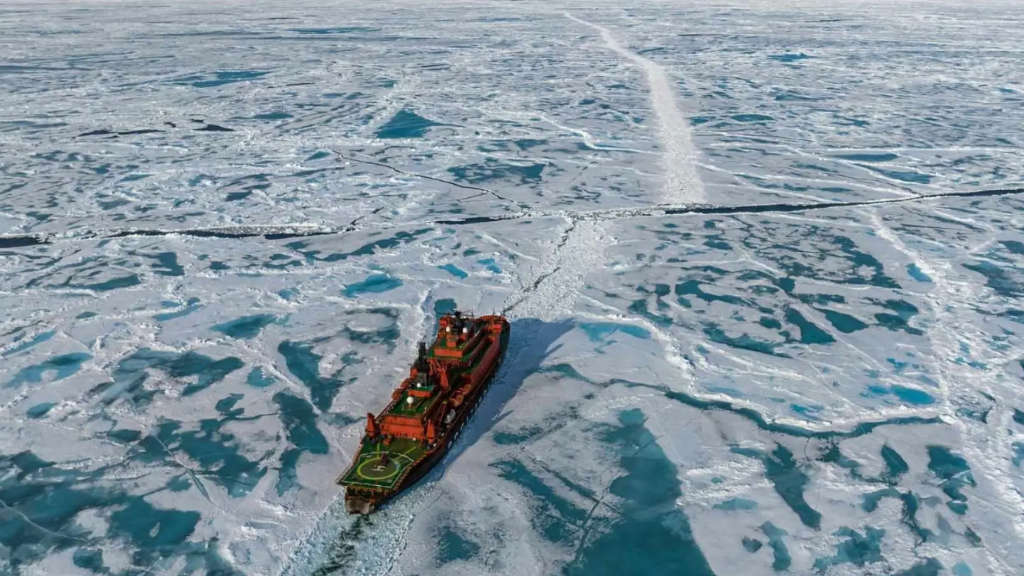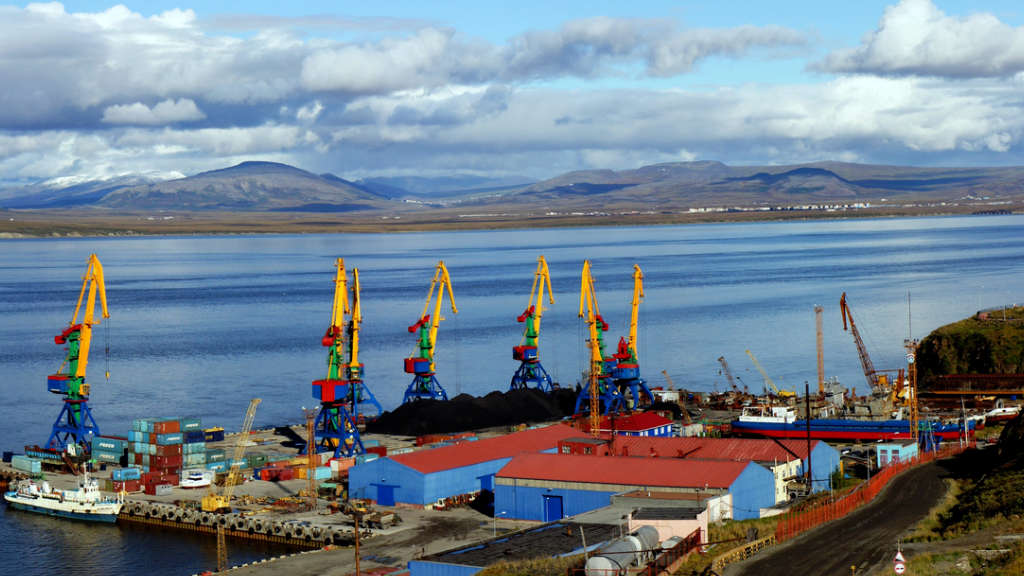The Northern Sea Route (NSR), which runs along the Russian Arctic shore, is rapidly turning into an efficient global logistics route, according to Vladimir Panov, of the Arctic Dept. of Rosatom.
Panov stated that “The Northern Sea Route is developing rapidly, turning into a viable and efficient global logistics route. This is driven by various factors, including the development of advanced technologies, the construction of new generation nuclear icebreakers, and the growing interest from foreign shippers.”
Along with the main priority of ensuring the safety of the NSR, managing the speed and time of the route is becoming an important task now, Panov added. “Working in Arctic conditions is challenging, but we are transforming difficulties into results.”
The second meeting of the sub-commission on cooperation on the NSR of the Russian-Chinese commission for preparation of regular meetings of heads of government was held in Harbin on October 14, after which an action plan for further development of shipping along the Northern Sea Route was agreed on. The development and approval of the plan are aimed at creating a sustainable transport corridor. Cooperation entails the implementation of modern logistics and technological solutions to improve transportation efficiency and develop capital projects.
The Northern Sea Route is the main shipping line in the Russian Arctic Ocean. It stretches along Russia’s northern coastline across the seas of the Arctic Ocean (Barents, Kara, Laptev, East Siberian, Chukchi, and Bering seas). The route consolidates Russia’s European and Far Eastern ports and Siberia’s navigable rivers into a single transport system. The NSR length is 5,600 km, stretching from the Kara Strait to Providence Bay. In 2024, the volume of freight transported along the NSR reached a record of almost 37.9 million tons, 1.6 million tons higher than in 2023.

That steady growth has continued. Alexey Likhachev, Rostaom’s CEO said that the number of voyages having grown by 20% this year, saying that “Activity on the Northern Sea Route continues to increase, with the number of ship voyages having grown by 20% during 2025. The NSR is actively used not only by participants in our Arctic projects but also by those involved in northern deliveries, international logistics, and transit.” He was speaking at the sub-commission on cooperation on the Northern Sea Route (NSR) of the Russian-Chinese commission.
Rosatom is seeing strong interest from Chinese partners in cooperation in the Russian Arctic, Likhachev added, saying “We see a real appetite among Chinese entrepreneurs for cooperation in the Arctic latitudes.”
Shipping from Asia to Europe via the southern seas takes 35-40 days, while the Northern Sea Route reduces delivery time to 25-28 days. The volume of containers freighted between Russia and China along the Northern Sea Route (NSR) is expected to set a record and exceed 400,000 tons this year, with Likhachev saying “A new record in container shipping cargo volumes will definitely be set. Last year less than 180,000 tons were carried while this year the volume of container freight traffic will most likely exceed 400,000 tons. Both the quantity of cargo, and transit cargo revenues will more than double this year.”
Further Reading





